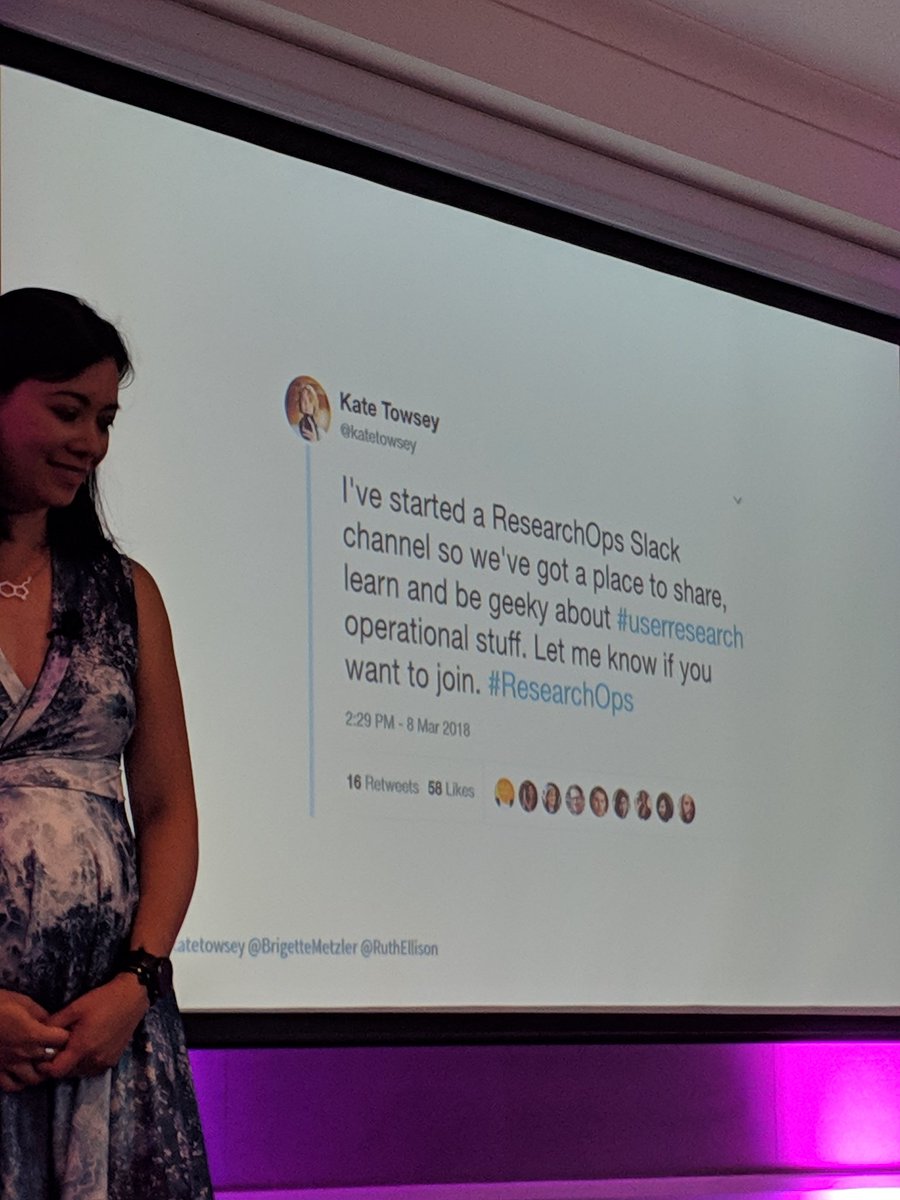Look to the person beside you, and out your hand up if you're more attractive than then.
10 people popped their hands up.
#dr19
Everyone lies.
Loss of credibility as a team and individual
To avoid hurting other people's feelings
Make ourselves look better and deny unsociable traits
To conceal something we've done (not done) to save face
To influence or achieve a positive outcome or benefit for yourself
You have to suppress the truth
Then create the lie
Method 2: Fake Vs Real Duchenne smile
Other Methods:
Figuring, touching their face
Stalling - repeating question
Stuttering hesitations
Over generalised and irrelevant info
Contradictory information
Use it as a cue to dig deeper and drill down
Rephrase your question or ask in a different way
Reassure them they're not being judged
1. Use behavioural rather than opinion based methods.
What people do rather than what they say.
Give the consent form prior to the session, it gives them the opportunity to opt out.
You'll get more truthful responses.
It takes 5-10 minutes to build a rapport with a new person.
We have to be very neutral with our body language.
@indiyoung has a great deal of work about how to build empathy
"How do you think X not you, feel about Y"
It can mean it's less likely they will be judged.






